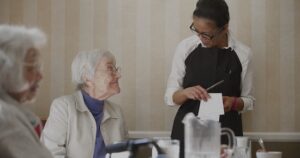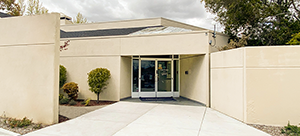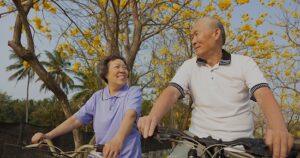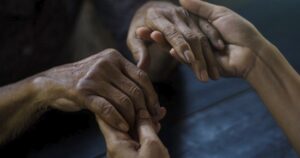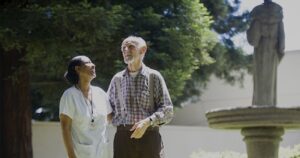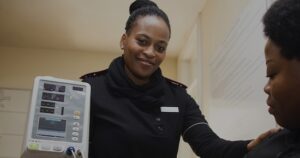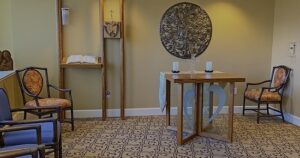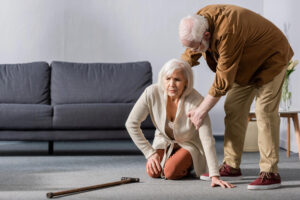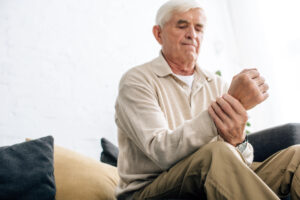Aging safely – Prevent falls and help maintain independence
Falls are unpredictable for nearly everyone, but more so for people age 65 and older. According to the Centers for Disease Control and Prevention (CDC), more than one-third of people in this age category fall each year. In addition, those who fall once are two to three times more likely to fall again. Injuries from falls are responsible for significant disability, loss of independence and reduced quality of life.
If you are an older adult (or provide care for a family member who is), fall intervention studies* show that preventive steps like home modification and exercise-based activities can help prevent falls and maintain independence.
Aging safely – Prevent falls and help maintain independence
Falls are unpredictable for nearly everyone, but more so for people age 65 and older. According to the Centers for Disease Control and Prevention (CDC), more than one-third of people in this age category fall each year. In addition, those who fall once are two to three times more likely to fall again. Injuries from falls are responsible for significant disability, loss of independence and reduced quality of life.
If you are an older adult (or provide care for a family member who is), fall intervention studies* show that preventive steps like home modification and exercise-based activities can help prevent falls and maintain independence.
Stay safe
Preventing falls is especially important as autumn turns into winter — the most notorious season for accidental falls due to ice and snow in some areas of the country and greater inactivity. Follow these safety tips for making your home, property and yourself safer:
- Safeguard your home by removing throw rugs, electrical cords and paper piles that could trip you up.
- Keep your driveway and sidewalks clear of leaves and other debris that could cause you to trip during the fall months. Repair cracks, lips or dips.
- Once winter arrives, consider hiring a snow removal service or a neighbor to shovel your sidewalk, steps and driveway if it snows where you live. Spread rock salt, grit or sand to help prevent slips and falls.
- Use shoe traction devices when walking outside in ice and snow.
- Have your pharmacist review all your medications several times a year to check for potential interactions that could trigger dizziness.
- Get your eyes checked. Impaired vision contributes to falls.
Stay active
Staying as active as possible is another way to prevent falls. Seniors who are less active during the fall and winter seasons experience higher levels of instability. Activity helps you to maintain balance and build muscle strength. Here are some tips:
- Move your walking regimen indoors to continue it year-round. Fitness clubs and shopping malls are great places to keep moving.
- Build core muscle strength and strengthen your thigh muscles by exercising or attending fitness classes. Weakness from underuse of the quads and lack of physical strength are major contributors to falls.
- Learn about safe ways to fall (read “Avoid injuries from a fall”). Being aware of safer ways to fall may lessen the impact should a fall occur. Start by consulting a physical therapist or martial arts instructor who studies the effects of falls for their advice on safe falling techniques.
You can find more fall prevention and safety tips on the CDC’s website at www.cdc.gov.
* Source: A CDC Compendium of Effective Fall Interventions,2nd Edition, 2010.
Avoid injuries from a fall
- When falling forward, turn your head to one side to avoid a direct hit to your face or nose. Open your palms to the floor to protect your wrists.
- When falling sideways, tuck your chin to your chest and keep your elbows close to your body.
- Be prepared to fall in a crouched, accordion-like position by bending at your knees and the waist. Your lower legs will hit first, protecting your hips.


